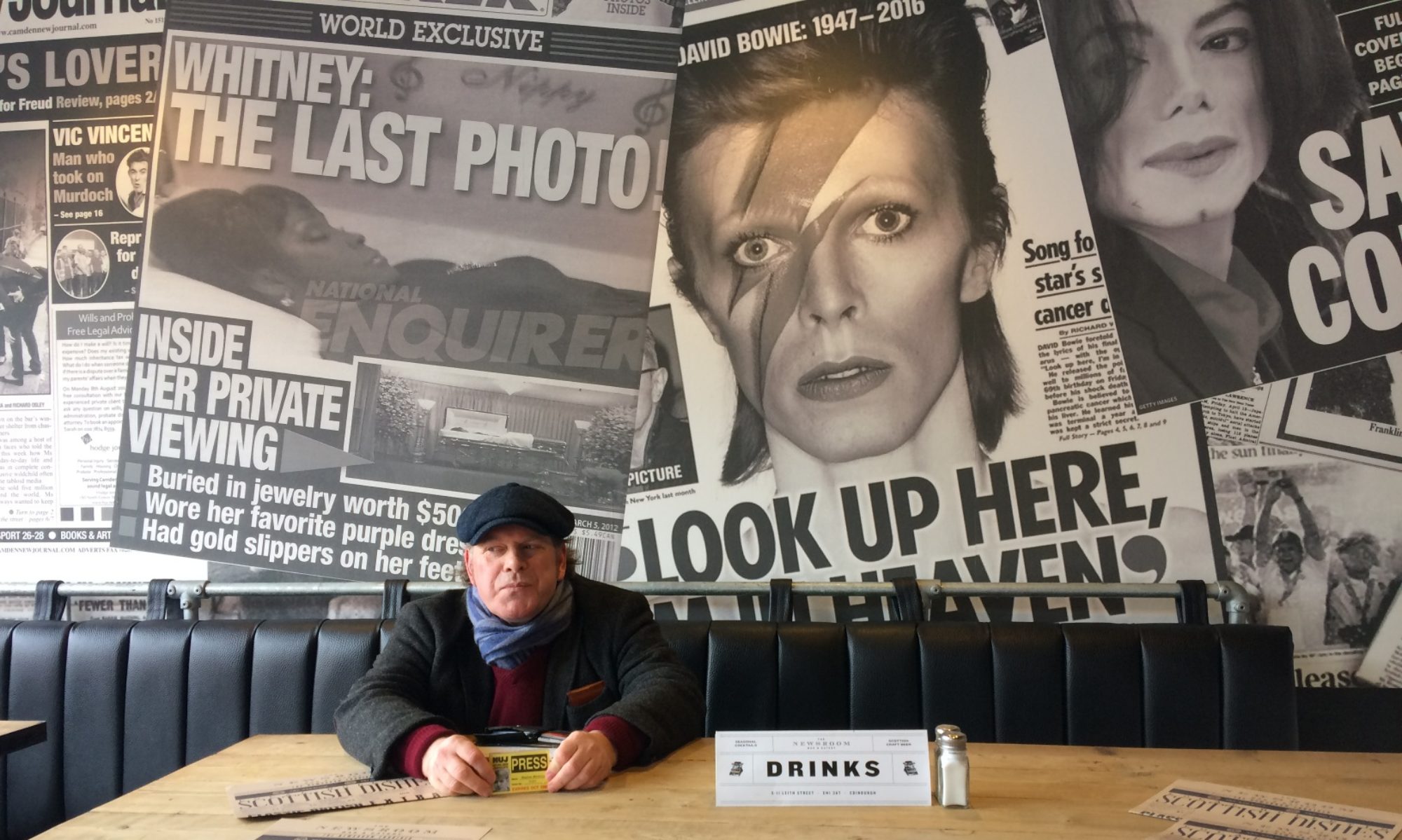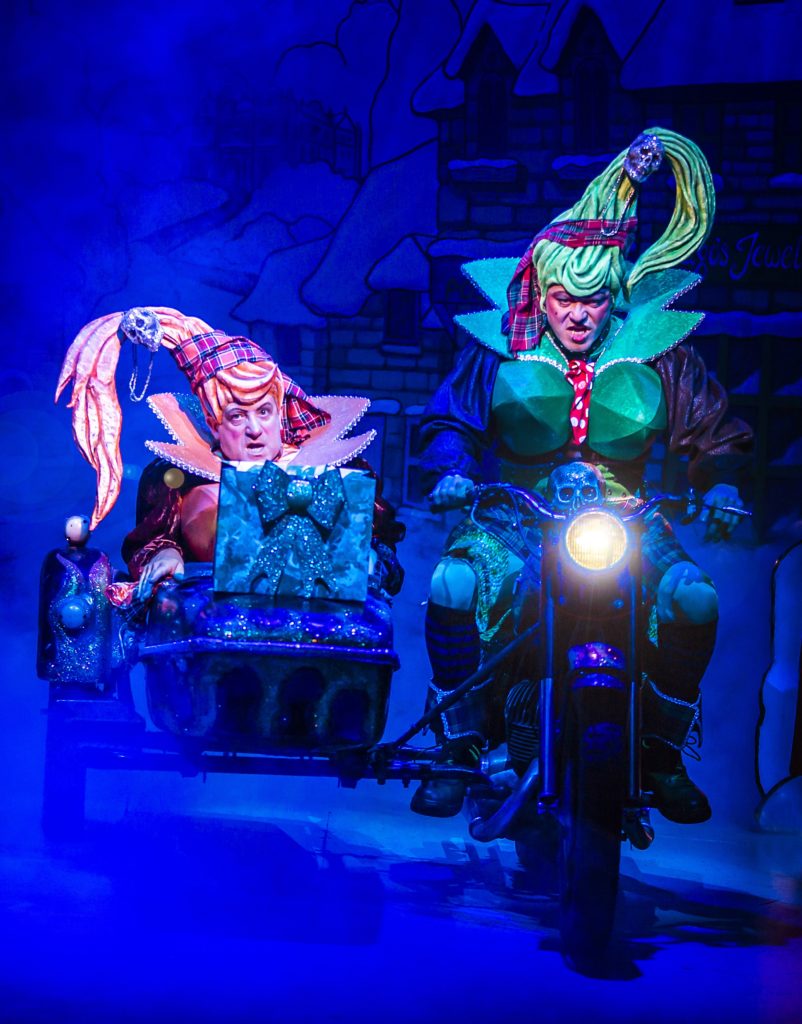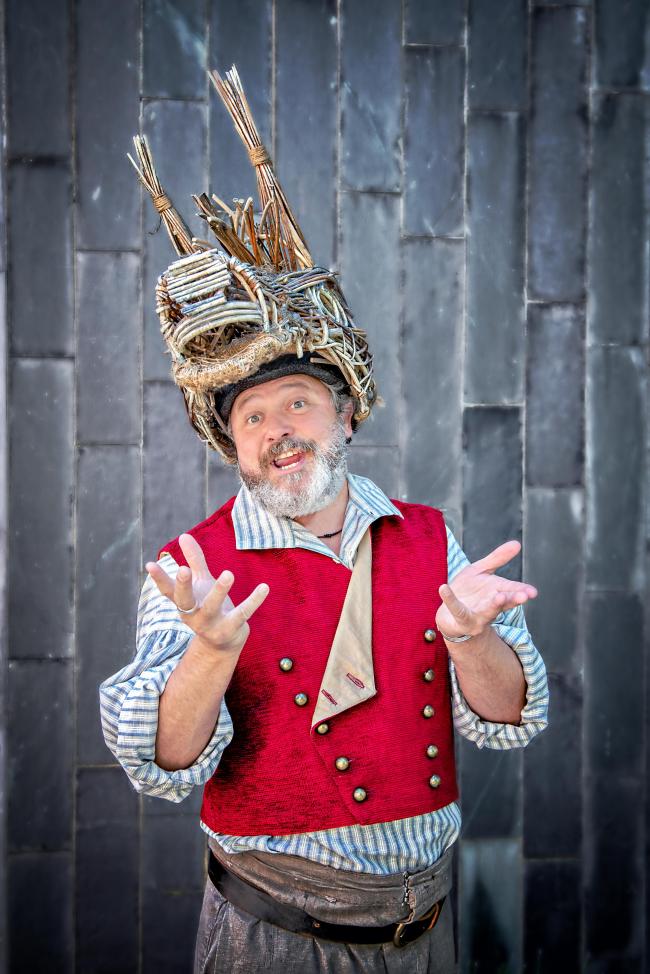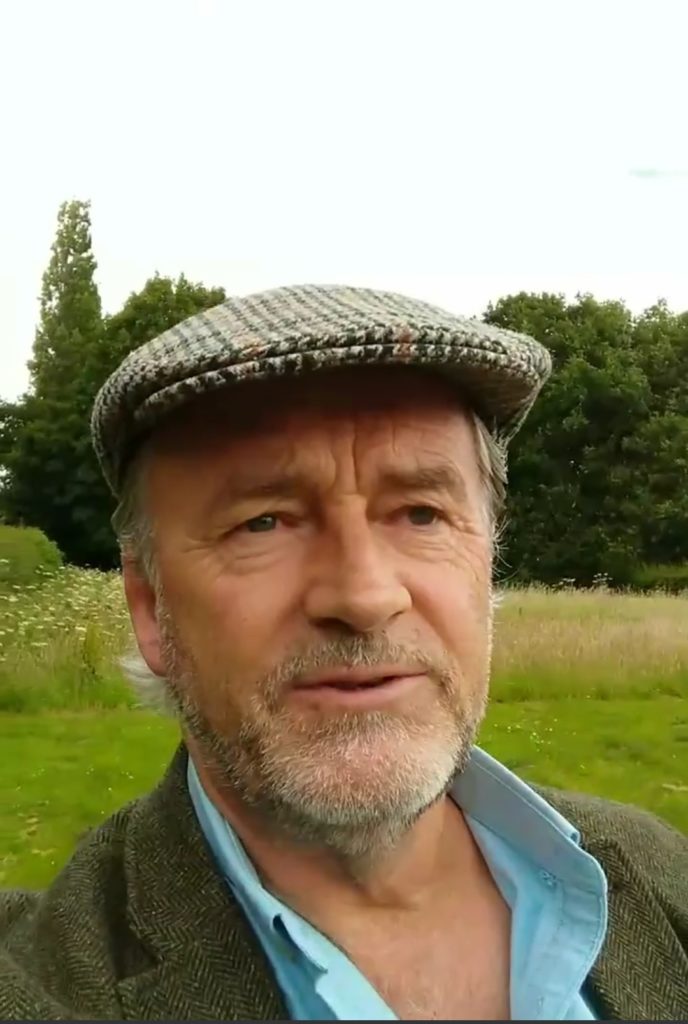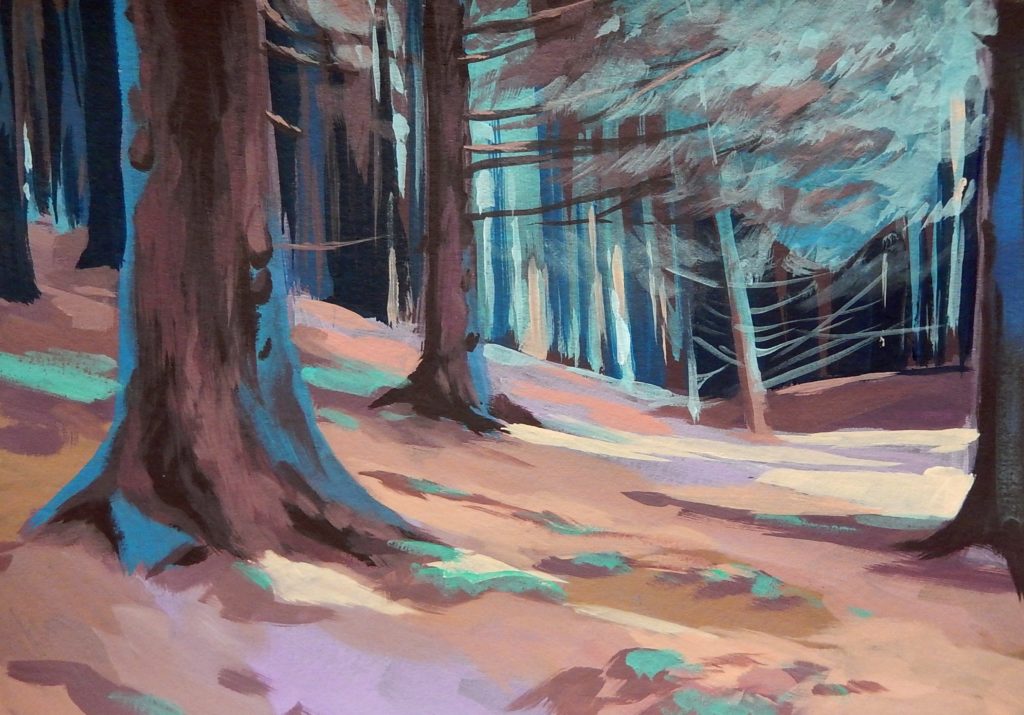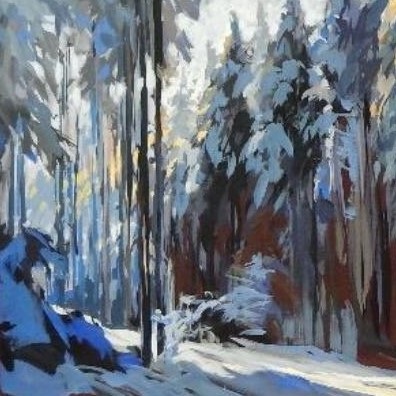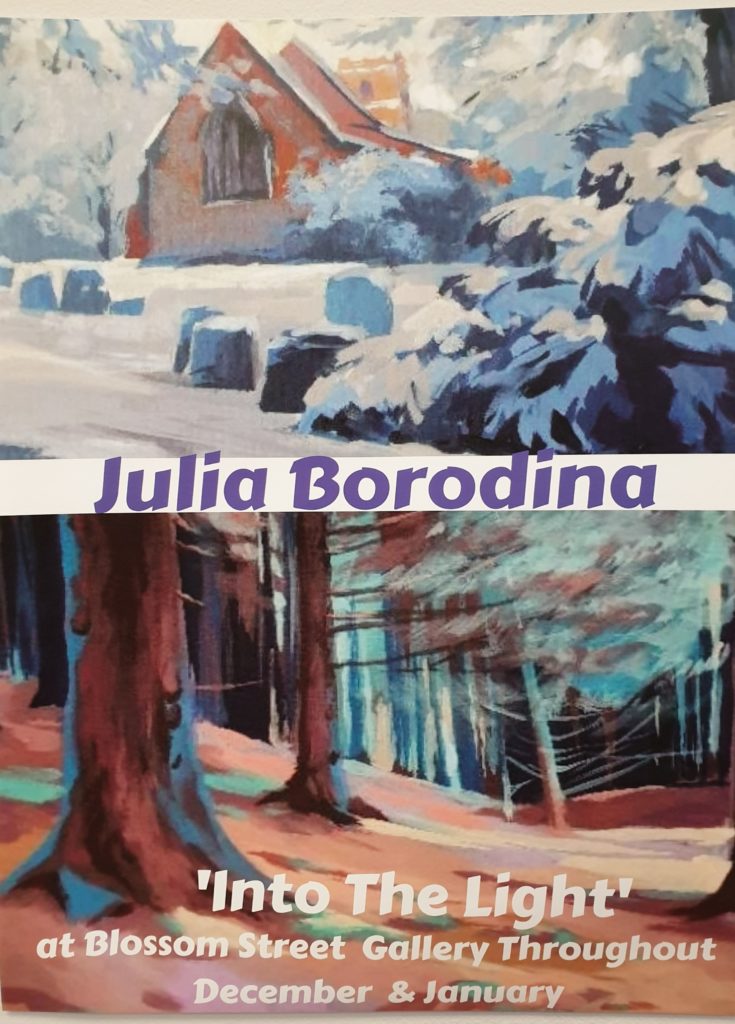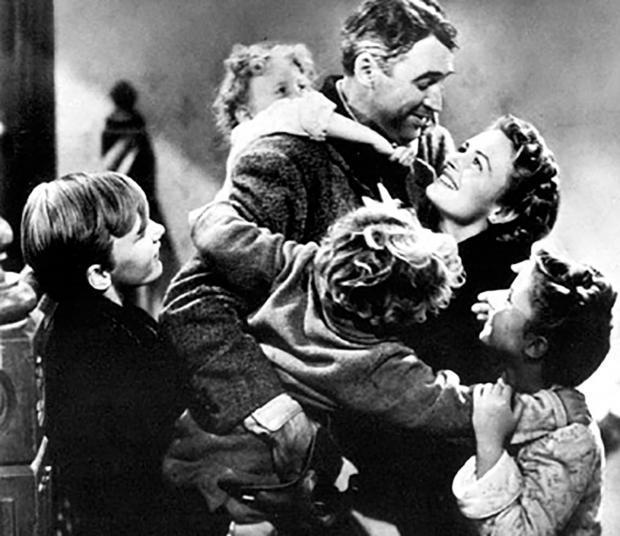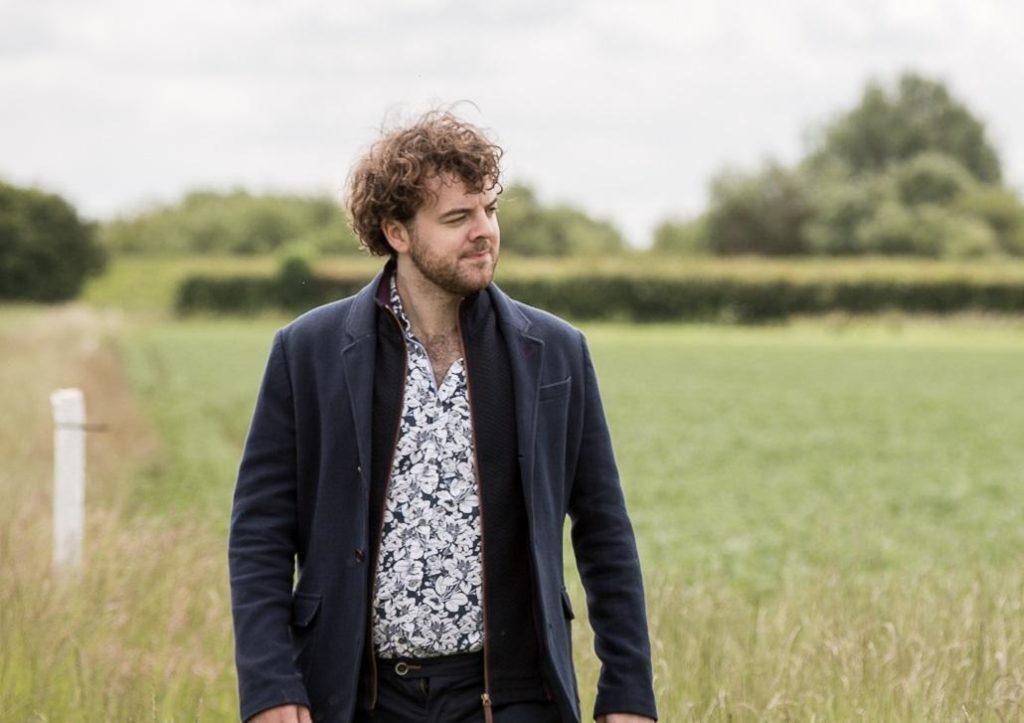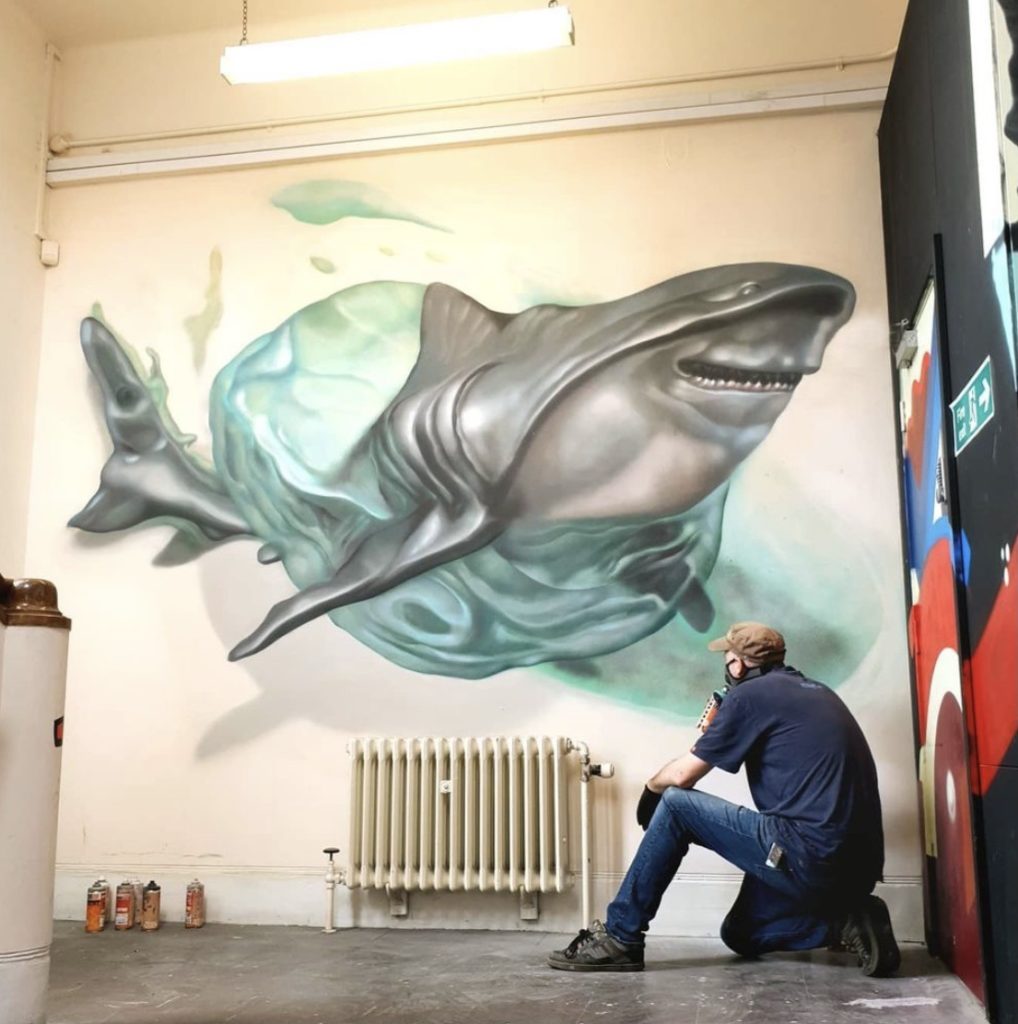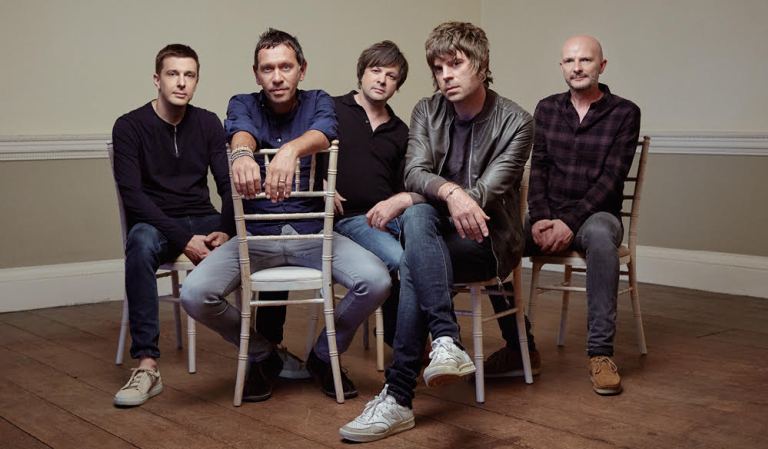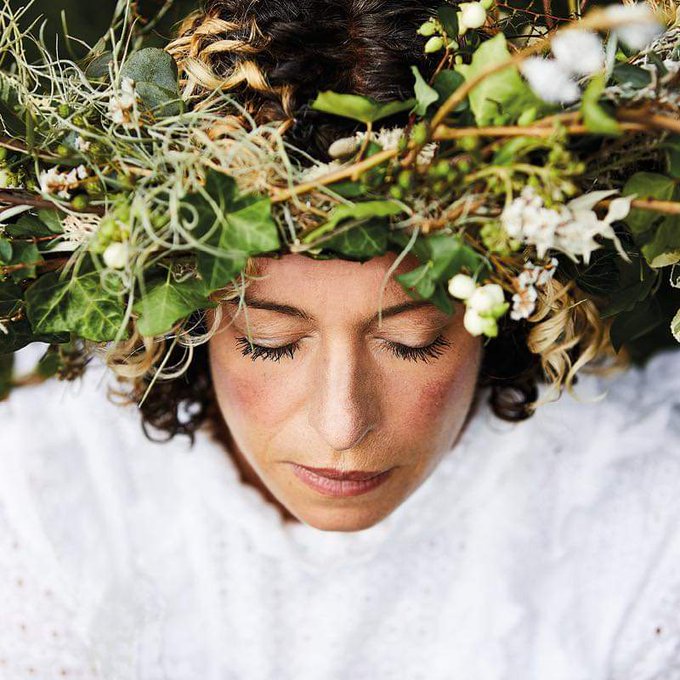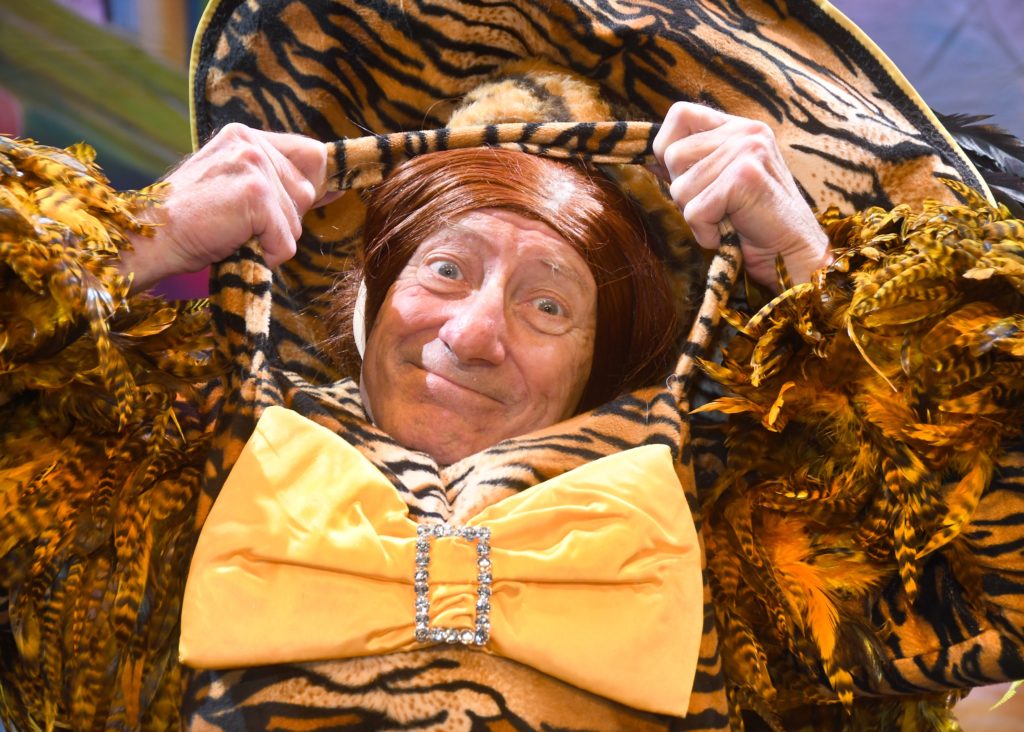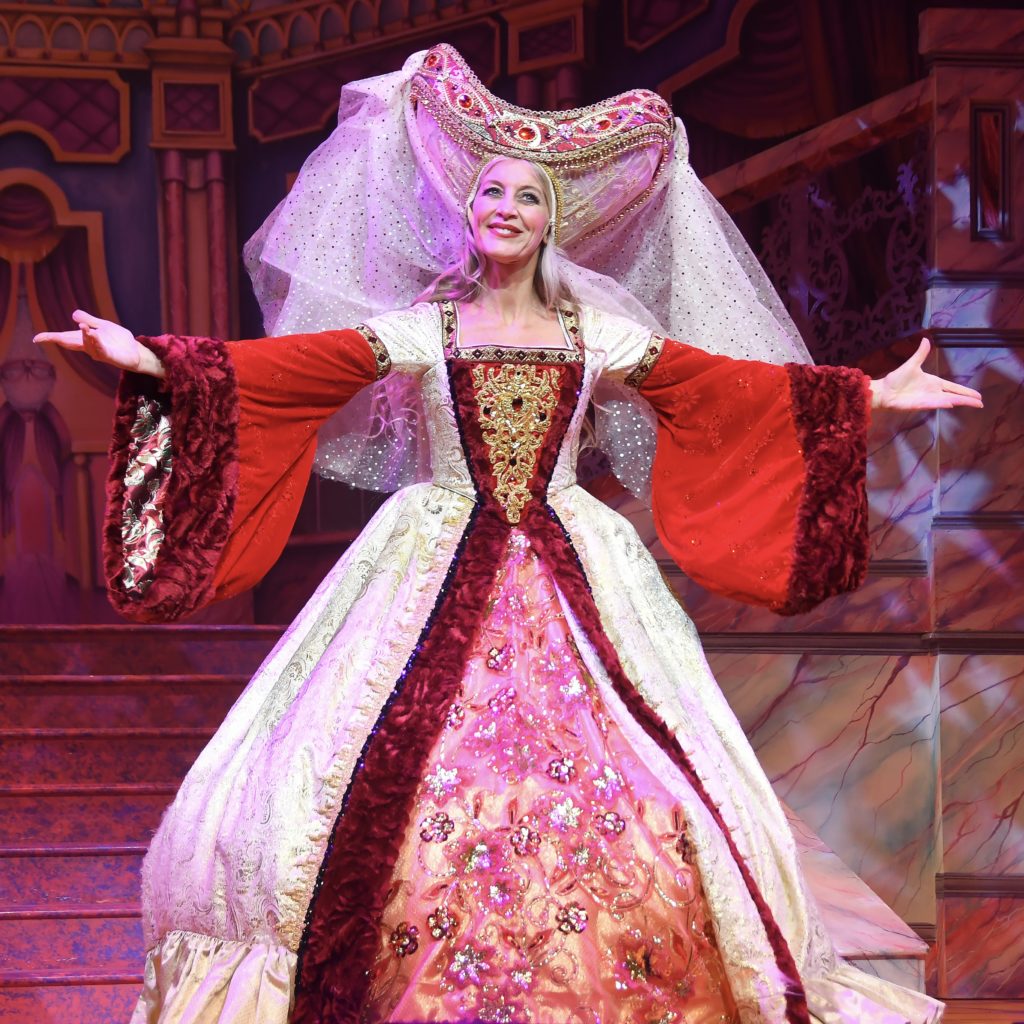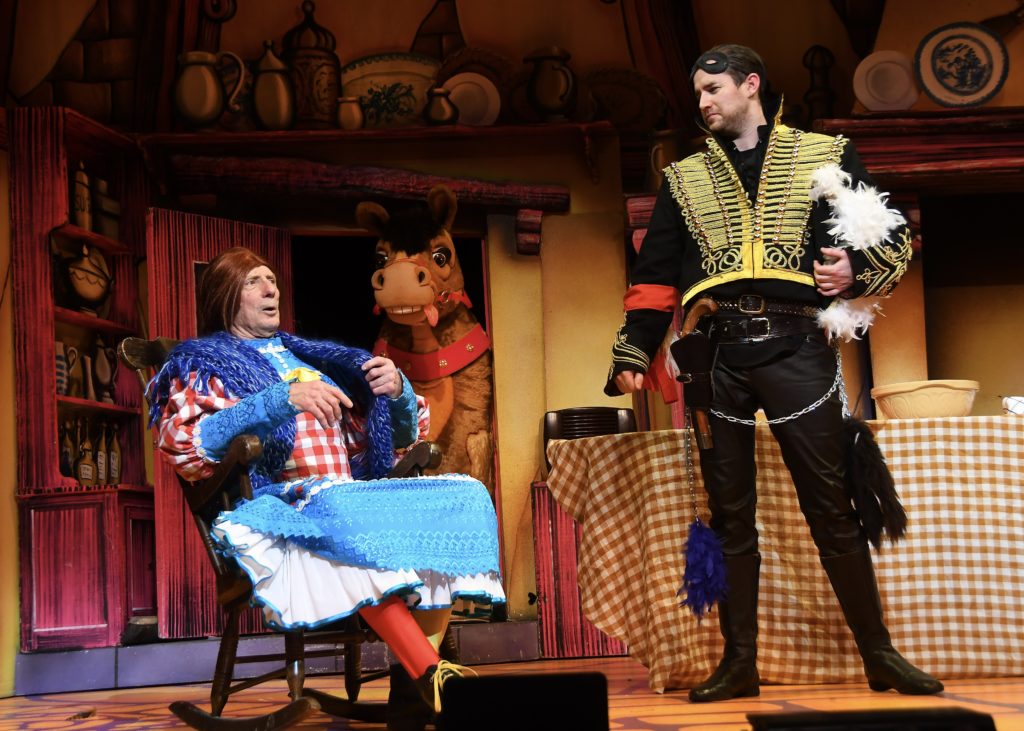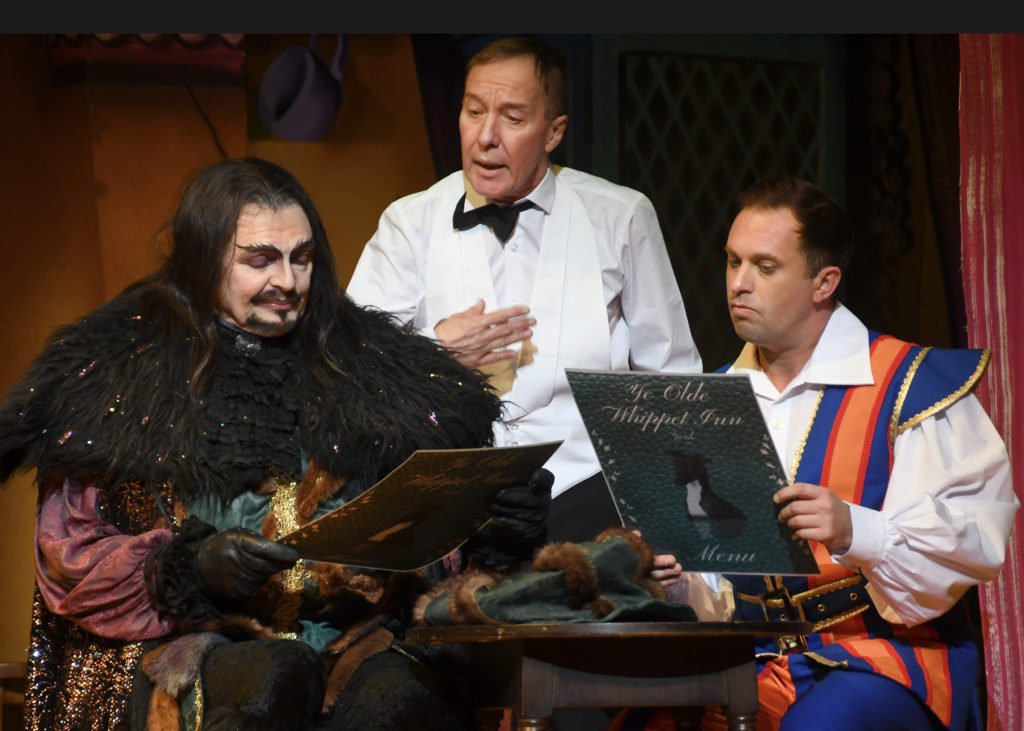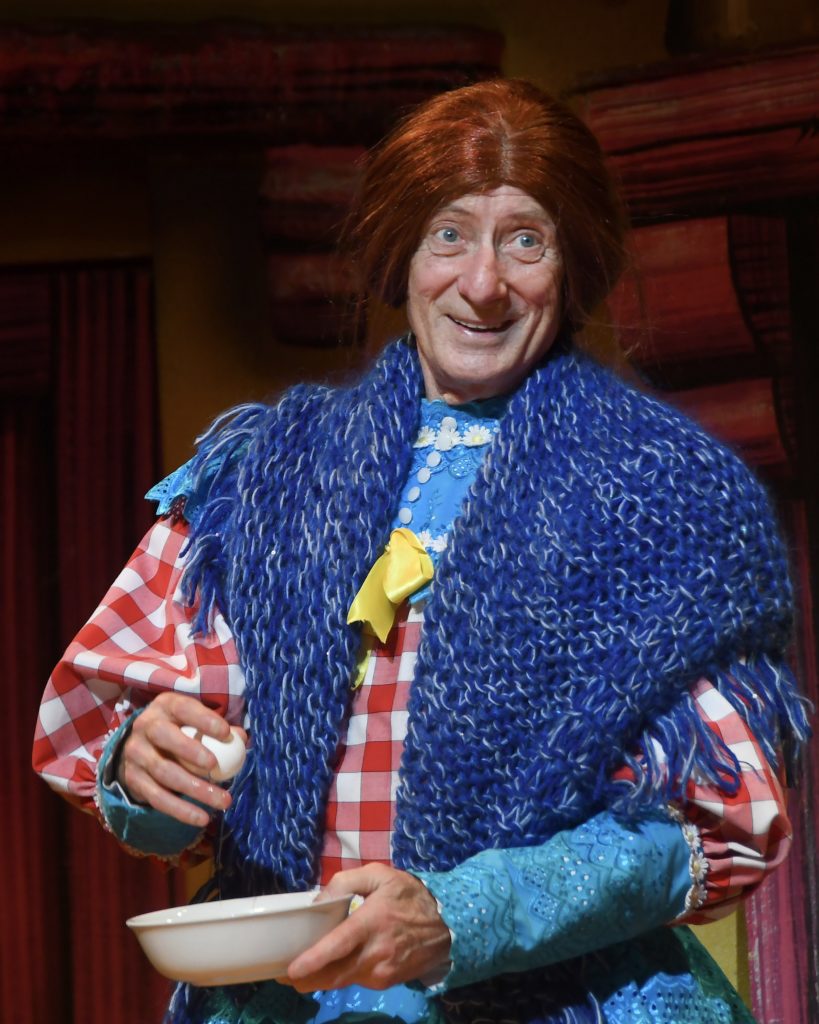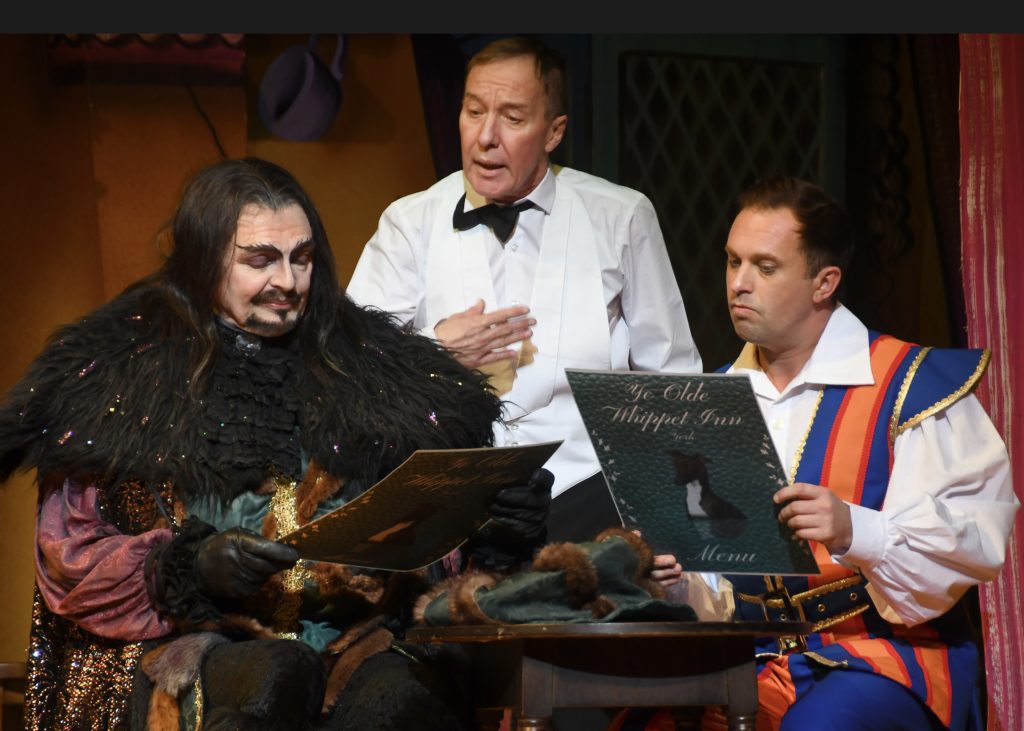
GIVEN the ever-changing Omicron briefings, Charles Hutchinson has a rubber as well as a pencil in his hand as he highlights what to see now and further ahead.
Still time for pantomime unless Omicron measures intervene part one: Dick Turpin Rides Again, Grand Opera House, York, until January 9
BACK on stage for the first time since February 2 2019, grand dame Berwick Kaler reunites with long-standing partners in panto Martin Barrass, David Leonard, Suzy Cooper and A J Powell.
After his crosstown switch to the Grand Opera House, Kaler steps out of retirement to write, direct and lead his first show for Crossroads Pantomimes, playing Dotty Donut, with Daniel Conway as the company’s new face in the Essex lad title role amid the familiar Kaler traditions. Look out for the flying horse. Box office: atgtickets.com/York.
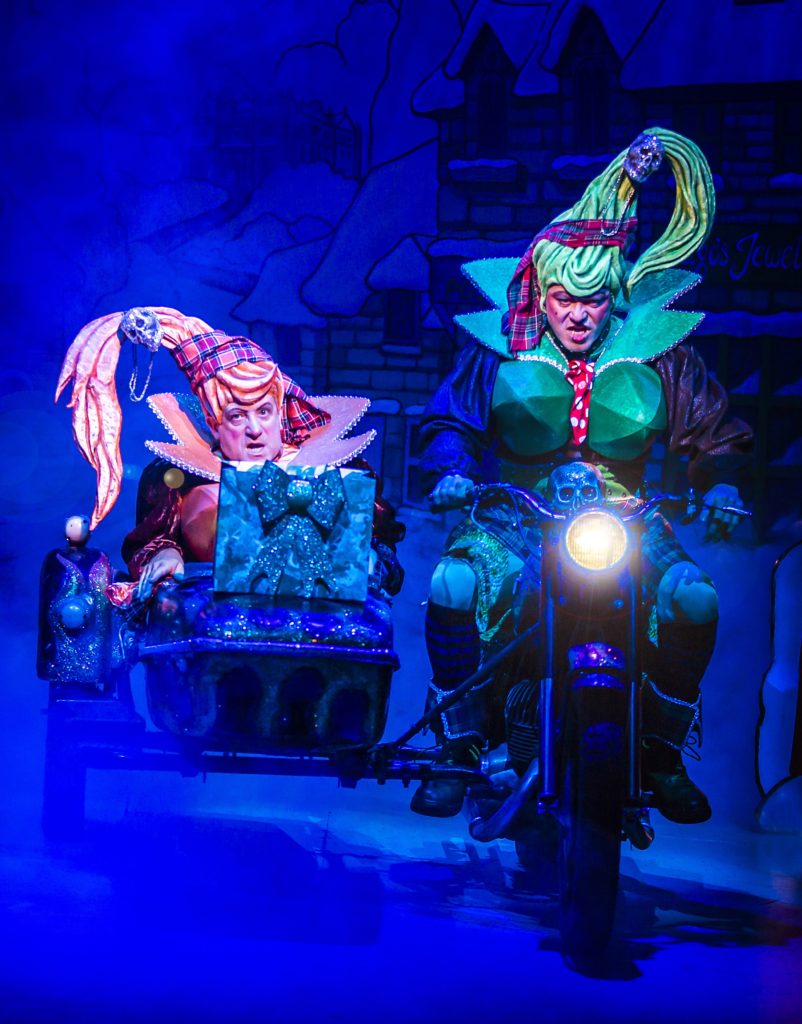
Still time for pantomime but only after a week in self-isolation: Cinderella, York Theatre Royal, ending on January 2 2022
COVID has struck three cast members and understudies too, leading to the decision to cancel performances of Cinderella from today until December 30.
Fingers crossed, you can still enjoy Evolution Productions writer Paul Hendy and York Theatre Royal creative director Juliet Forster’s panto custom-built for 21st century audiences.
Targeted at drawing in children with magical storytelling, silliness aplenty and pop songs, Cinderella has a thoroughly modern cast, ranging from CBeebies’ Andy Day as Dandini to Faye Campbell as Cinders and ventriloquist Max Fulham as Buttons, with his Monkey on hand for cheekiness.
Robin Simpson and Paul Hawkyard’s riotous step-sisters Manky and Mardy and puns galore add to the fun. Box office: 01904 623568 or at yorktheatreroyal.co.uk.
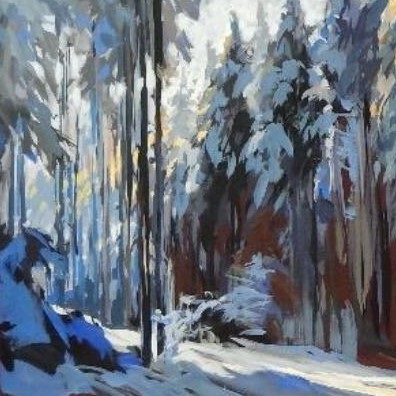
Buy now before her prices go up! Julia Borodina, Into The Light, Blossom Street Gallery, York, until January 31
JULIA Borodina will be competing in Sky’ Arts’ 2022 Landscape Artist of the Year, set for screening in January and February. Perfect timing for her York exhibition, Into The Light, on show until the end of next month.
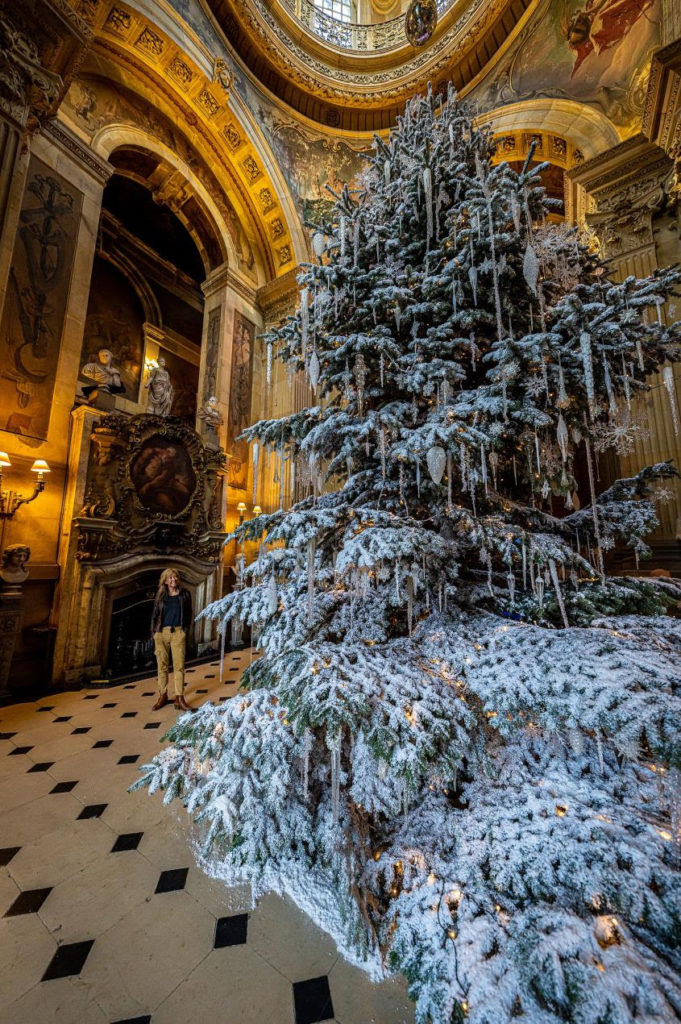
THE Christmas tree of the season: Christmas In Narnia at Castle Howard, near York, until January 2
CASTLE Howard has topped past peaks by installing a 28ft spruce tree from Scotland in the Great Hall as part of the Christmas In Narnia displays and decorations.
“We believe that this is the largest real indoor Christmas tree in the country, standing around eight feet higher than the impressive tree normally installed in Buckingham Palace,” says the Hon Nicholas Howard, guardian of Castle Howard.
“It’s certainly the largest we have had, both in terms of height and width at the base, which has a huge footprint in the Great Hall – but thankfully leaves a gap on either side for visitors to walk right around it.” Tickets for Christmas In Narnia must be booked before arrival at castlehoward.co.uk.
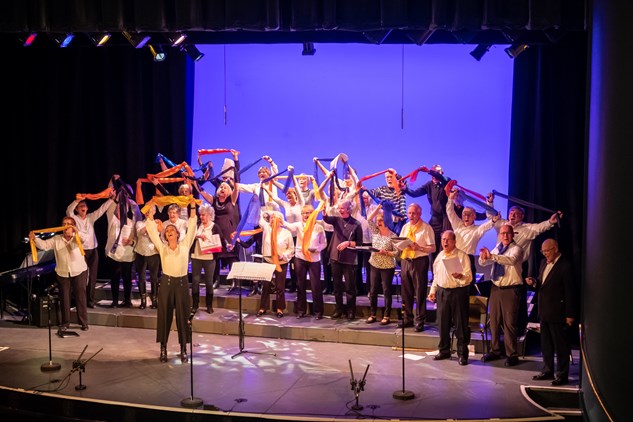
Choirs galore: York Community Choir Festival, Joseph Rowntree Theatre, York, February 27 to March 5 2022
EIGHT shows, different every night, will be the format for this choral celebration of how and why people come together to make music and have fun.
At least four choirs will be on stage in every concert in a festival featuring show tunes, pop and folk songs, world music, classical music, gospel songs, close harmonies, blues and jazz.
From primary-school choirs through to teenage, young adult and adult choirs, the choral configurations span male groups, female groups and mixed-voice choirs. Proceeds will go to the JoRo theatre from ticket sales on 01904 501935 or at josephrowntreetheatre.co.uk.

If you see one sage and rage singer-songwriter next year, make it: David Ford, Interesting Times Tour 22, Pocklington Arts Centre, March 10 2022, 8pm
EASTBOURNE troubadour David Ford will return to the road with an album of songs documenting the tumultuous year that was 2020.
May You Live In Interesting Times, his sixth studio set, charts the rise of Covid alongside the decline of President Trump. Recorded at home during various stages of lockdown, the album captures the moment with Ford’s trademark emotional eloquence and dark irony.
After the imposed hiatus times three (and maybe four, wait and see), the new incarnation of Ford’s innovative, incendiary live show promises to demonstrate just what happens when you shut such a creative force in a room for two years. Box office: 01759 301547 or at pocklingtonartscentre.co.uk.

Amid the winter uncertainty, look to next summer’s knight to remember: Sir Tom Jones at Scarborough Open Air Theatre, July 26 2022
SIR Tom Jones will complete a hattrick of Scarborough Open Air Theatre concerts after his 2015 and 2017 gigs with his July return.
In April, the Welsh wonder released his 41st studio album, the chart-topping Surrounded By Time, featuring the singles Talking Reality Television Blues, No Hole in My Head, One More Cup of Coffee and Pop Star.
Sir Tom, 81, will play a second outdoor Yorkshire concert in 2022, at The Piece Hall, Halifax, on July 10. Box office for both shows: ticketmaster.co.uk.

Deep in the bleak midwinter, think of days out on the Yorkshire coast part two: Elbow, Scarborough Open Air Theatre, July 9 2022
MAKE Elbow room in your diary to join Guy Garvey, Craig Potter, Mark Potter and Pete Turner on the East Coast in July.
Formed in 1997 in Bury, Greater Manchester, BBC 6 Music Sunday afternoon presenter Garvey and co chalked up their seventh top ten album in 2021 with Flying Dream 1.
Released on November 19, Elbow’s ninth studio album was written remotely in home studios before the lifelong friends met up at the empty Brighton Theatre Royal to perfect, perform, and record the songs. Box office: ticketmaster.co.uk.
